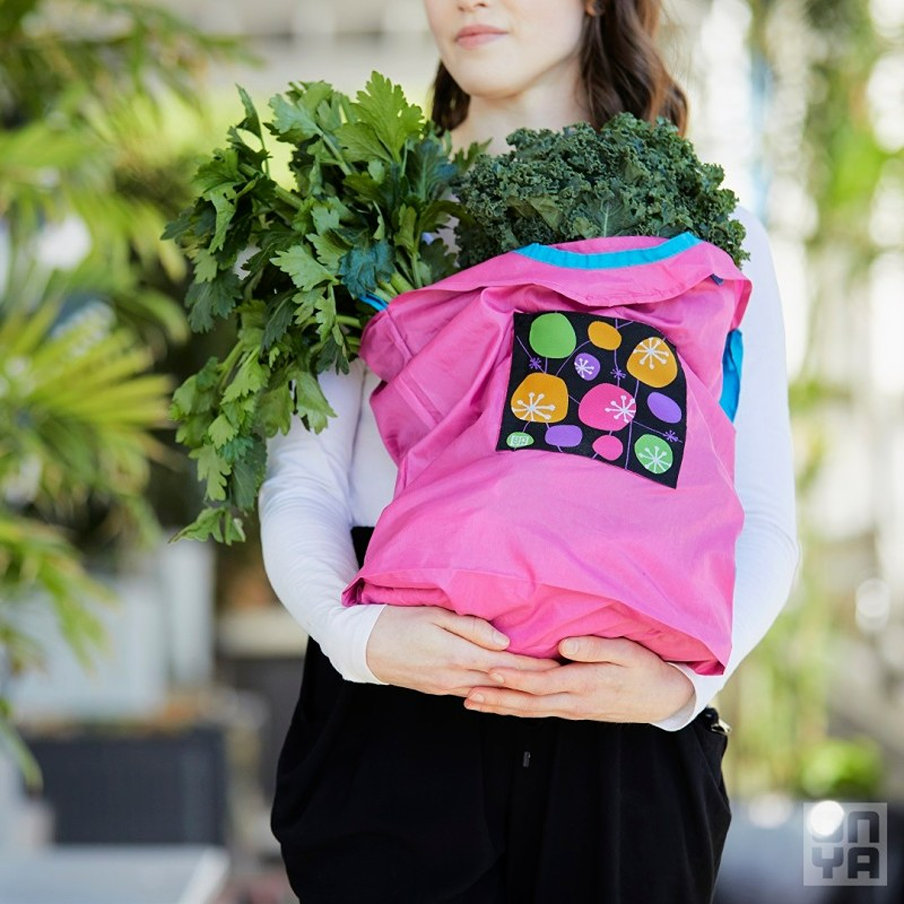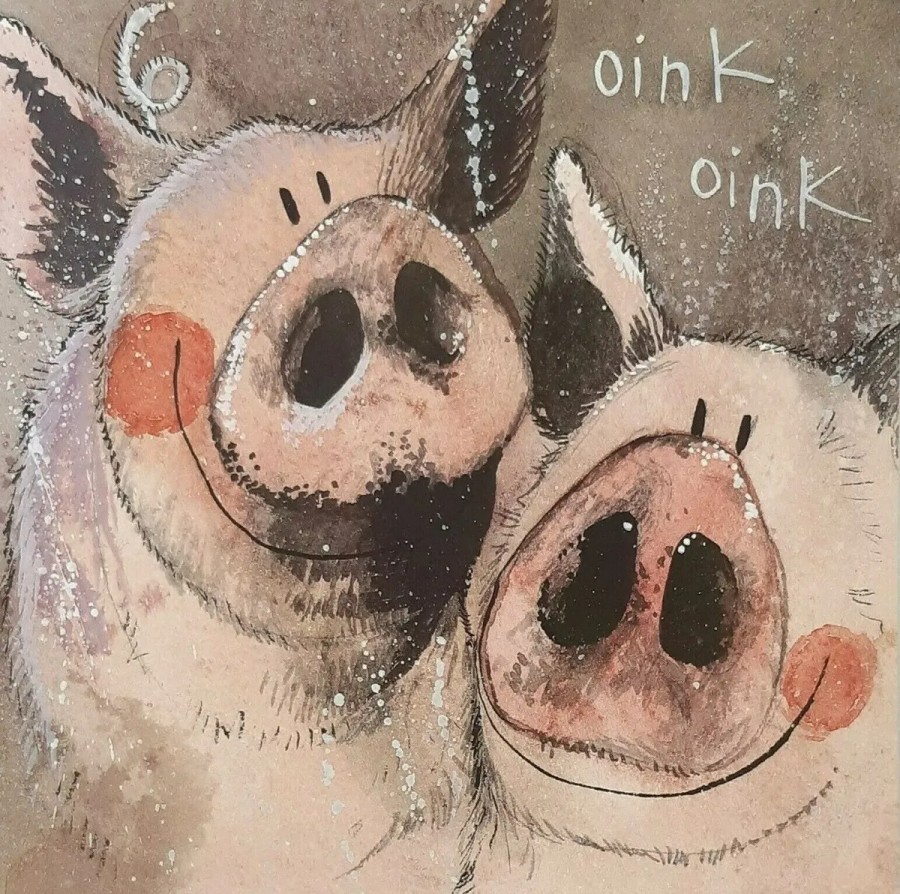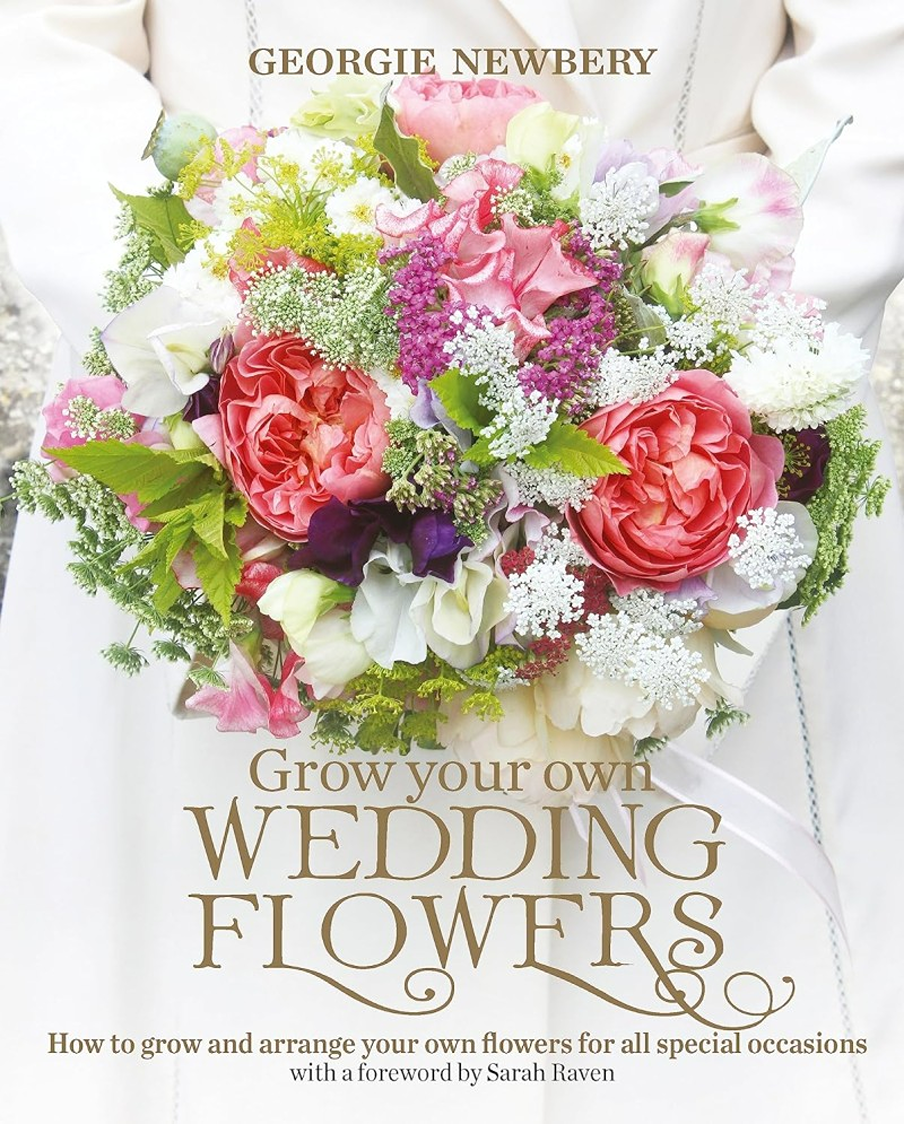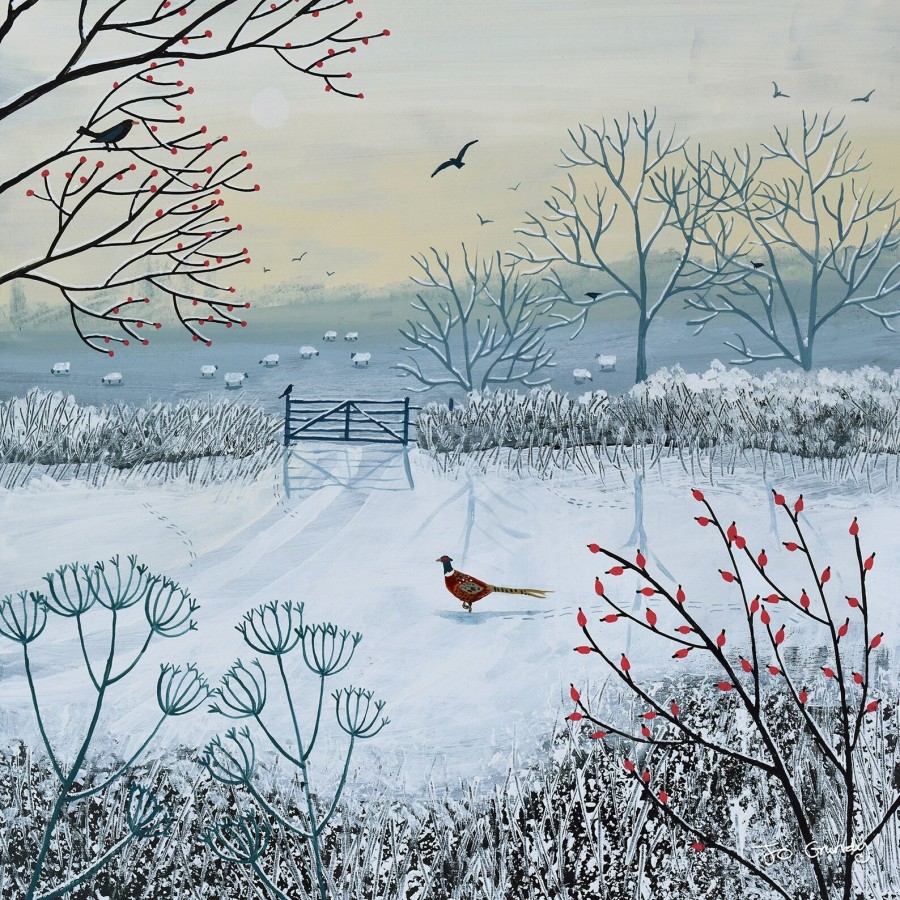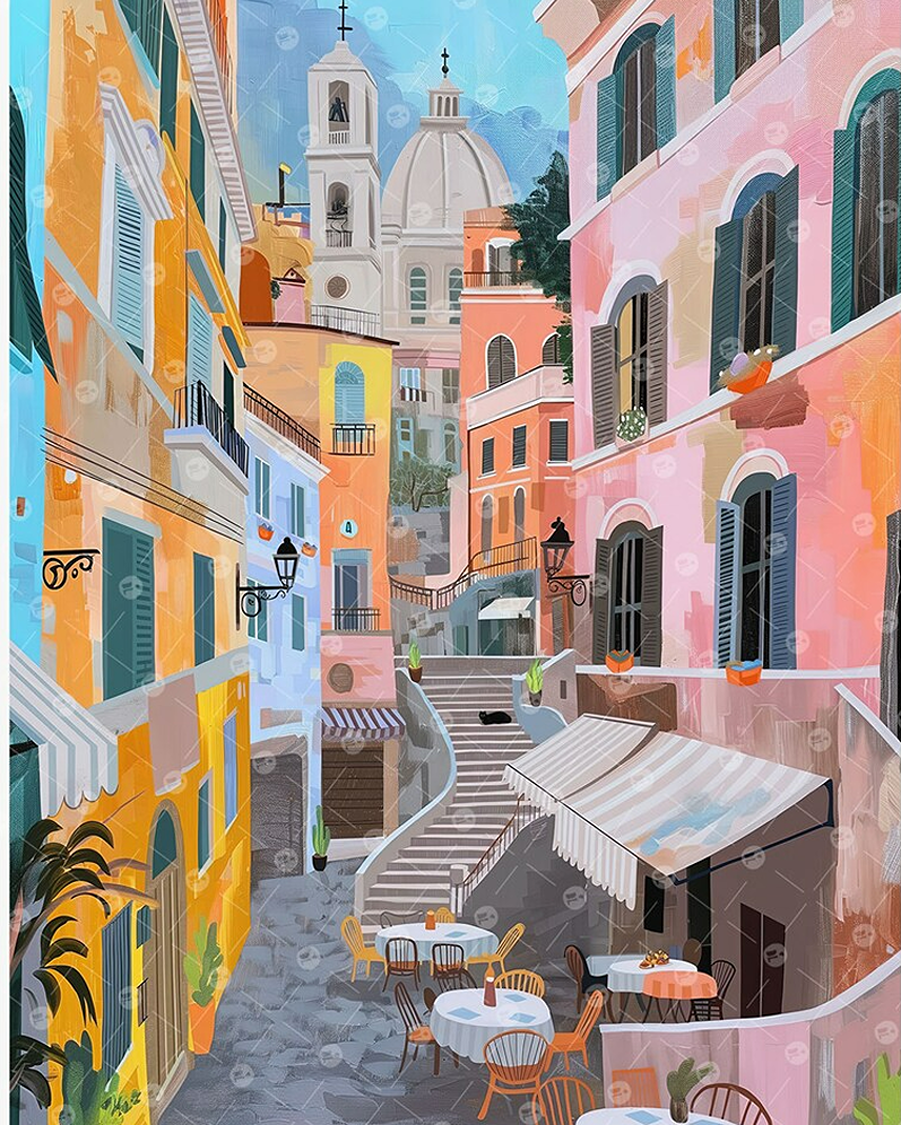
Italy is one of our (fairly close) neighbouring countries. Unlike Olde England, Italy is a new country (around 200 years old) formed by mushing together other countries, including parts of Austria. Vatican City and the Republic of San Marino (located on the Adriatic Coast) are independent states.
Shaped like a boot, Italy varies in food and culture from top to toe. The northern areas (Milan, Venice, Verona) eat more rice (and polenta) than pasta, and have quite a Germanic influence. As you go south, you venture into Bologna (a green city with beautiful red buildings, and home of spaghetti bolognese) followed by Rome, Naples (the home of pizza!) and the islands of Sardinia and Sicily (closer to Africa, where they eat ice-cream sandwiches for lunch!)
Florence (one of the world’s most beautiful cities) is trying to prevent overtourism, due to littering and pickpockets. One official noted ‘No museum visit – just a photo then they take the bus to Venice – we don’t want tourists like that’. Nearby is Pisa, whose ‘leaning tower’ recently had to be adjusted to keep it leaning, instead of falling down. We have our own ‘crooked tower’ in Chesterfield (Derbyshire) with a church whose spire tilts at a certain angle. There are legends as to why (one is that the devil sneezed so badly, that is caused the spire to warp!) It’s more likely due to wind and engineering.
good food, good wine, good shoes!
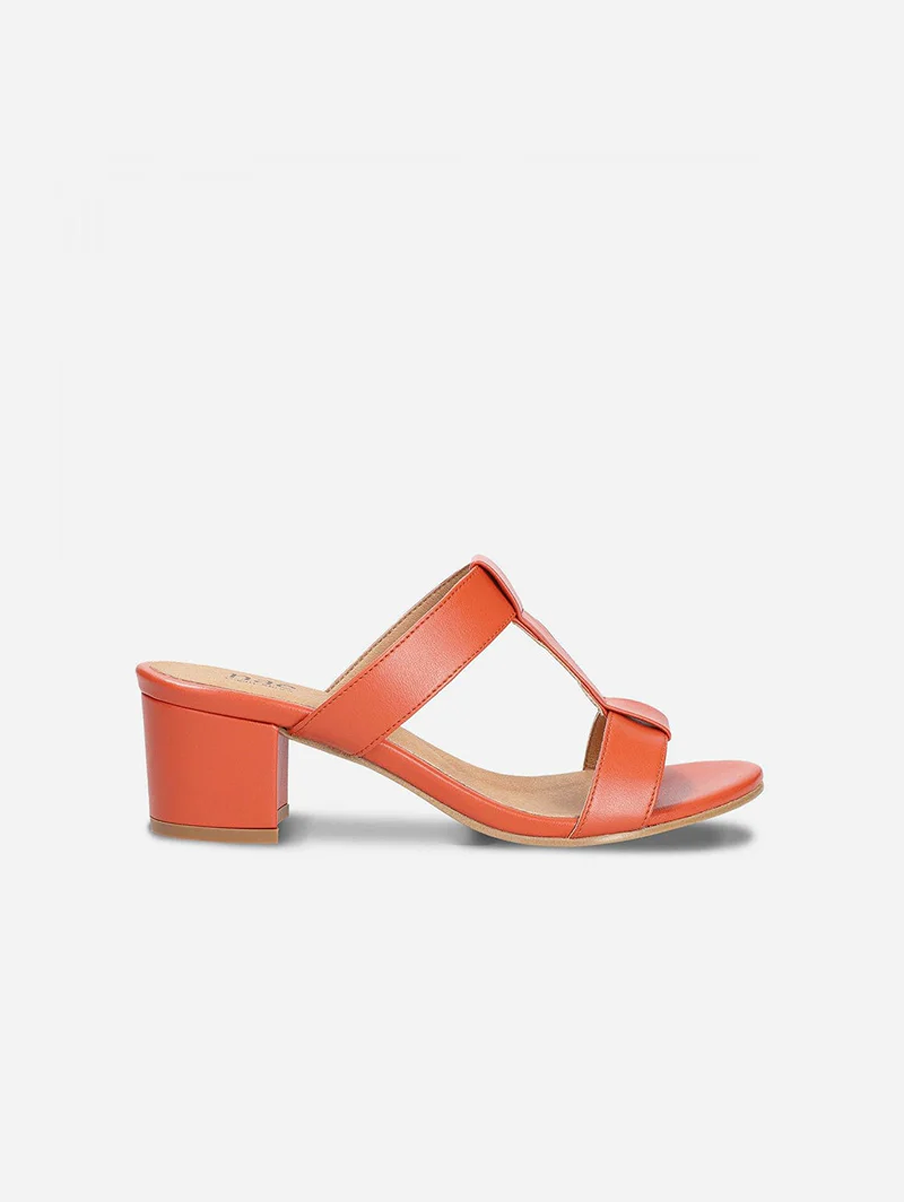
Like France, naturally stylish Italians pay a bit more for quality skincare and clothing (you won’t find shops like Primark selling cheap clothes that fall apart and are made in the Far East). Although Italy is famed for good shoes, you can now buy vegan versions (and handbags) from fruit leathers, made from the apple waste industry near Milan (and grape leather from wine skins!)
Again like the French, Italian people enjoy good food and wine, know when to rest and when to work, drink lots of water and don’t listen to doctors in white coats, saying they can’t enjoy olive oil on their salad! The slow food movement started in Italy, when local man Carlo Petrini was appalled that a branch of McDonald’s set up in his favourite piazza, near the Spanish Steps in Rome. He said that day was when ‘the umbilical cord that once connected the farmer and consumer was cut’.
Italian food is one of the most popular cuisines on earth. Not many people dislike pasta, pizza or ice-cream! But real Italian food is simpler than what English celebrity chefs make on TV. There are no complicated ingredient lists, just seasonal veggies, lentils (eaten by everyone, not just vegans) and dried pasta (unlike here where ‘fresh pasta’ is seen as more authentic). Fresh fruit is the dessert of choice, except for special occasions. It’s interesting that (although they exist), fast food chains in Italy sell salad and pizza slices, less double cheeseburgers and McFlurry’s. Read plant-based Italian recipe books.
why Italians work less, but earn more
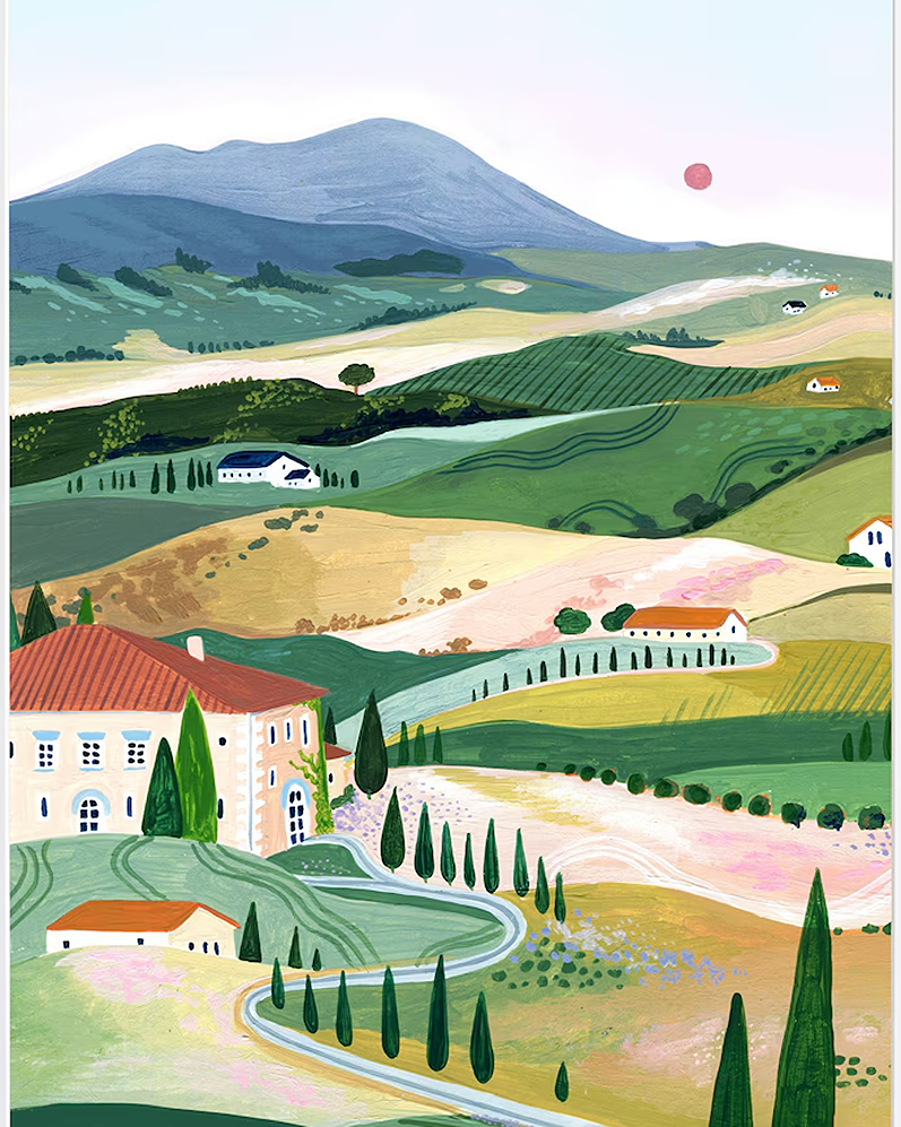
The worldwide co-operative movement (not the same as co-op supermarket!) started here, where workers genuinely own the company they are employed at. The interesting thing is that in Bologna (where the movement is strongest), people work less but are more affluent. They practice the opposite of the ‘work till you drop’ philosophy. They open shops early, close for several hours to go have a proper lunch and nap, then open again until around 8pm. Then go home for another meal, wine, conversation and sleep.
why the Vatican needs to up its morals
Vatican City is of course home to the Pope. Although there’s nothing nicer than visiting evening Vespers at a local monastery, the Church has of course been rocked in recent years by sexual abuse scandals. What’s not so well known is that the seat of Jesus Christ (and Francis of Assisi – the Catholic patron saint of animals) rents out a nearby building for $30,000 Euros a month to McDonald’s (which has huge animal welfare and environmental issues). And it wonders why people are leaving in droves?
a worrying trend in rightwing politics
Italian politics has always been barmpot, including their recent ‘Trump-like’ Prime Minister Silvio Berlusconi (who owned and controlled quite a lot of the media). He was a controversial figure who was friends with Putin, once called Barack Obama ‘suntanned’ and told earthquake survivors they should look at sleeping in emergency tents as a ‘weekend of camping’. Queen Elizabeth II once told him off at a summit, for shouting across to the US President. She is said to have thrown her hands in the air and asked ‘What is it? Why does he have to shout?’
It’s strange given how friendly and warm Italians are, that it seems to attract right-wing politicians. The latest is Georgia Meloni, a beautiful young woman who nevertheless has scary politics and has been Prime Minister for the past 2 years. She has already persuaded Brussels to scrap bans on concerning pesticides and to scale back environmental regulations.
Against euthanasia, same-sex marriage and gay rights, she recently got into troubling for praising former dictator Benito Mussolini as a good politician. In fact (as well as never making the trains run on time – that’s a Fascist propaganda myth), he ruled Italy with a violent iron fist, and was the inspiration for Hitler. Whose Nazi Party went onto murder 6 million Jews. So how that made him a good leader, is anyone’s guess.
how an Italian island went plastic-free
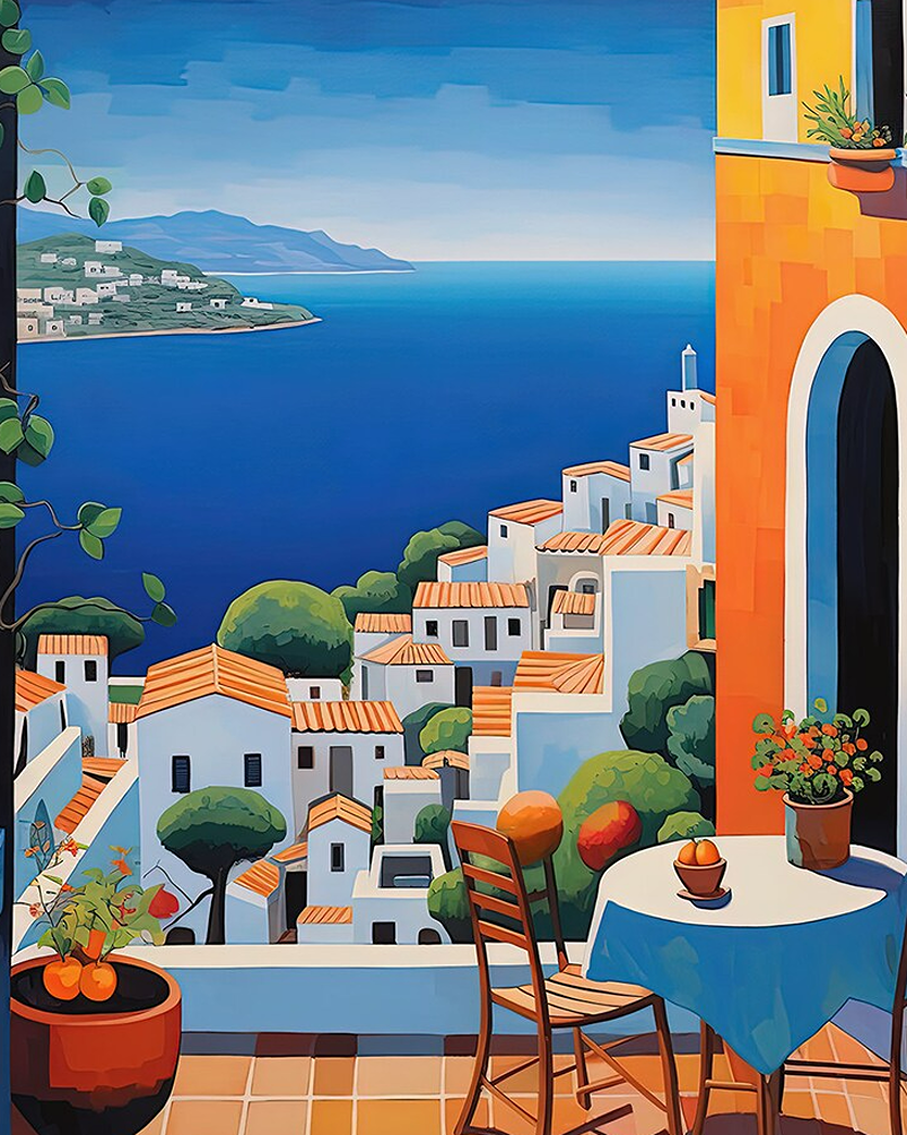
The Italian island of Capri lies just off the coast of Naples, and is known here as where our own ‘Lancashire lass’ Gracie Fields (at one time the highest-paid star in the world) lived until her death. What makes this place so special is that it’s gone plastic-free. After the island became littered with plastic bottles in tourist season, the council simply fined anyone who brought them over by boat, and now hands out free free reusable water flasks, for thirsty visitors.
This law has now inspired similar ones nationwide. The same happened on another island (Tremiti) and the port city of Bari has banned the sale of single-use plastic cups, plates and straws. And Liguria has even banned people from wearing flip-flops, as their mountain rescues was being called out, due to people slipping up all the time!
how do Venetian canals differ from ours?
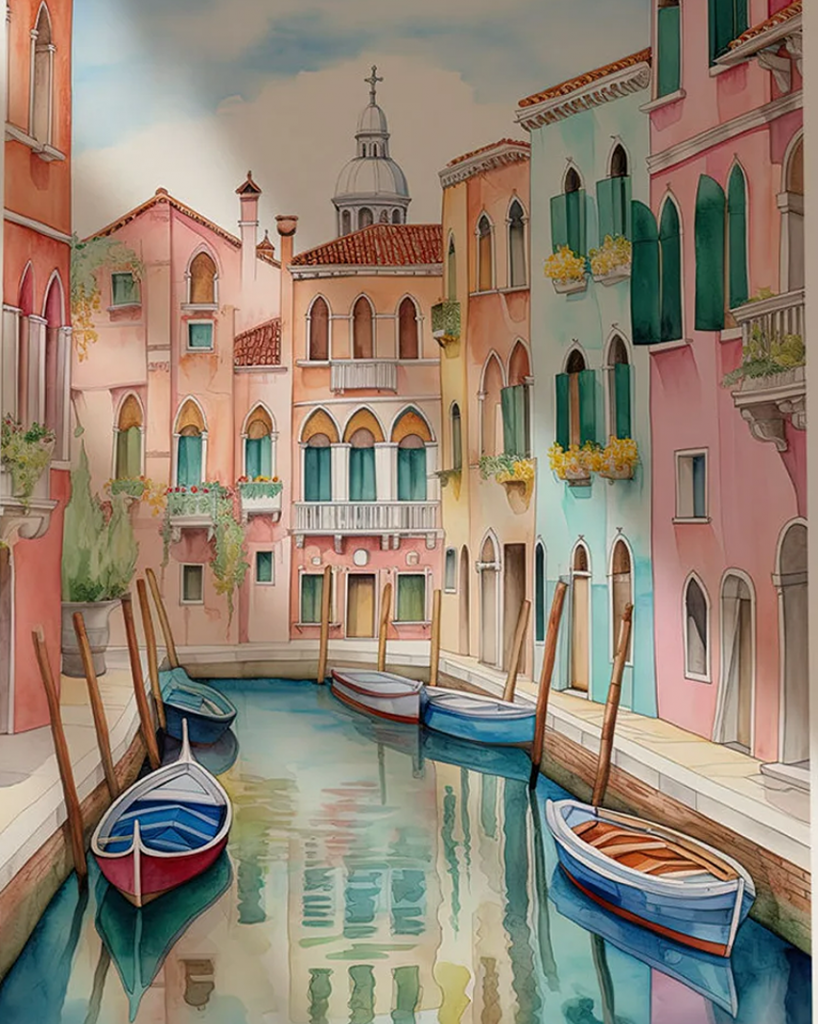
Of course, when we think of canals, Venice comes to mind. We know the city does a fantastic tourist trade (highly-trained gondolas earn a good living). But of dead rats floating down the river. Which is true?
The city of Venice has 150 canals linked by bridges, built around the 5th century. The water used to be clean (too salty to drink) but of course now is plagued by pollution and litter. The city spends an enormous amount of money cleaning it up, as tourism is its biggest income. Rubbish bins are collected 6 days a week (so no overflowing bins like here) and on Sundays the tourism trade stops as Catholic Italy goes to mass!
Despite most of us thinking people in Venice live by canals, most of the population lives in Mestre (the urban centre). Garbage collectors actually ring doorbells, to avoid waste being left outside and people with boats have trash compactors fitted, to deliver trash to the tip themselves. Oil collection bins are also delivered to stop fuel pollution from boats, and one company can even send people to sweep outside your door!
What’s interesting is that during the pandemic, the loss of tourists and boats meant the murky green water became crystal clear, showing how polluted it was before.
I would like to tell you a few things about this virus and the lessons it should teach us. I would like to say fish have returned to the Venetian canals, now that humans have stopped polluting them. I would like to say: Nature recovers swiftly, when we stop our plundering of Her bounty. I would like to say: we can learn from this, we can change. Paul Kingsnorth
comparisons with England & Italy lake districts
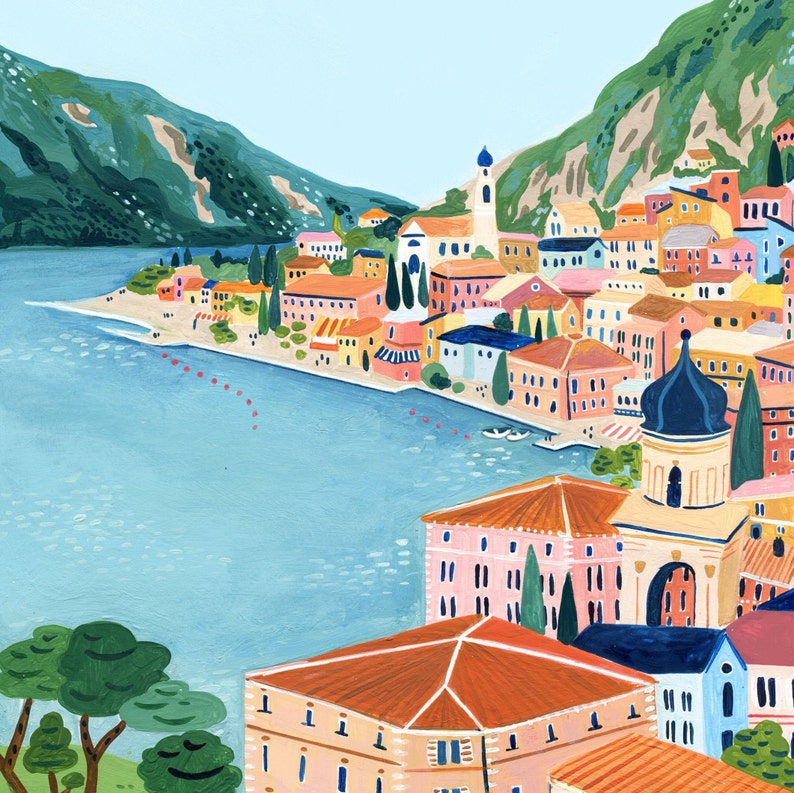
England is not the only country with a Lake District. Many countries (like Switzerland and countries in Scandinavia) have their own beautiful pristine and often clean lake districts, where tourists also flock. However Italy is suffering from the same effects as our own Lake District, with sewage and pollution problems, and increasingly litter from over-tourism.
In our Lake District (Cumbria), local water companies are giving huge bonuses to shareholders, while pumping raw sewage into Lake Windermere, due to not upgrading to better sewage treatment works. And local tourists have been asked to stop feeding swans, who have become so tame that they go near dogs, and even waddle up to the nearest supermarket, looking for food (swans can easily find their own food underwater).
In the Italian lakes, Lakes Lugano and Maggiore were cited as the most polluted of 38 international lakes, with some volunteers finding abandoned tyres on the seabeds. All of the main Italian lakes (Garden, Como, Maggiore) are littered with waste from fishing lines/nets and plastic waste, not unlike here. Litter clean-up volunteers on Lake Garda recently recovered 25 tons of waste in just one year including tyres, lead batteries, glass, cans, fishing waste, shopping trolleys, road signs, bar signs and even old toilets.

